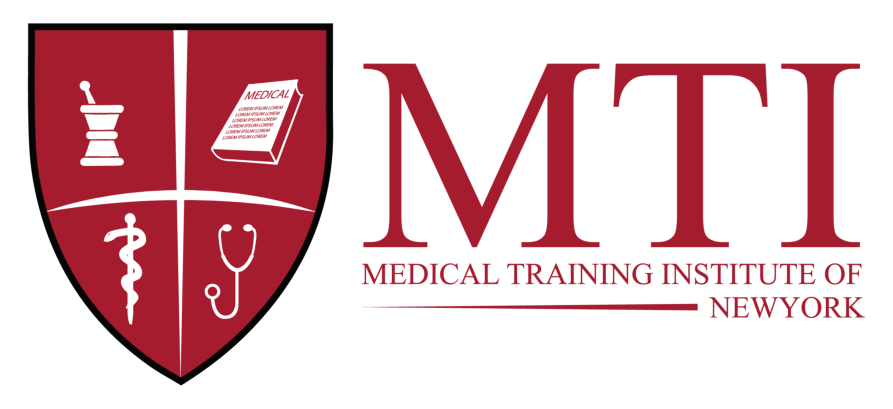Healthcare in the United States has long been a topic of heated debate, evolving through a complex system of private and public entities that shape access, affordability, and quality of care. Unlike many other developed nations that have universal healthcare systems, the U.S. operates on a mixed model that includes employer-sponsored insurance, government-funded programs such as Medicare and Medicaid, and individual marketplace plans. This intricate web of coverage options creates disparities in healthcare accessibility, leaving millions uninsured or underinsured. As healthcare costs continue to rise, policymakers, healthcare professionals, and advocacy groups are constantly seeking ways to improve the system to ensure that all Americans receive the care they need.
One of the primary challenges of the U.S. healthcare system is affordability. The country spends more on healthcare per capita than any other nation, yet health outcomes do not necessarily reflect this high expenditure. Many Americans struggle with high premiums, copays, deductibles, and out-of-pocket expenses, which can discourage them from seeking necessary medical care. This financial burden disproportionately affects lower-income individuals, even with programs like Medicaid designed to assist them. Additionally, medical debt remains a leading cause of bankruptcy in the U.S., highlighting the urgent need for policy reform to address these financial barriers.
Employer-sponsored insurance remains the dominant form of coverage in the United States, with over half of Americans receiving health benefits through their jobs. While this model works well for many, it leaves a significant portion of the population—such as part-time workers, gig economy employees, and the unemployed—without access to affordable healthcare. The Affordable Care Act (ACA), enacted in 2010, attempted to bridge this gap by expanding Medicaid eligibility, establishing state-based insurance marketplaces, and preventing insurers from denying coverage based on pre-existing conditions. Despite these efforts, political opposition and legal challenges have weakened some of the ACA’s provisions, leaving gaps in coverage for many Americans.
Medicare and Medicaid serve as crucial safety nets for specific populations. Medicare primarily covers seniors and certain disabled individuals, while Medicaid provides for low-income families and individuals. Both programs, however, face funding challenges and political scrutiny. With an aging population and rising healthcare costs, Medicare’s long-term sustainability remains a pressing concern. Similarly, Medicaid expansion under the ACA has been a point of contention, with some states choosing not to expand their programs, limiting access for millions of low-income Americans.
The private insurance market also plays a significant role in U.S. healthcare, yet it is often criticized for its complexity and inefficiencies. Many Americans find it difficult to navigate the vast array of plan options, network restrictions, and varying levels of coverage. Surprise medical bills, prior authorization requirements, and out-of-network charges further complicate the patient experience. Some experts advocate for a shift toward a single-payer or public option system to simplify healthcare access and reduce administrative costs, but such proposals face strong political and industry resistance.
Healthcare disparities remain a major issue in the United States, with race, income, and geographic location influencing the quality of care an individual receives. Minority communities often face higher rates of chronic conditions, lower rates of insurance coverage, and barriers to accessing quality care. Rural areas also struggle with healthcare access due to hospital closures, physician shortages, and long travel distances to medical facilities. Addressing these disparities requires targeted policies, increased funding for community health initiatives, and a stronger commitment to equitable healthcare delivery.
Medical technology and innovation continue to shape the U.S. healthcare landscape, offering both opportunities and challenges. Advances in telemedicine, artificial intelligence, and personalized medicine have the potential to improve patient outcomes and reduce costs. However, these innovations must be integrated thoughtfully to ensure they are accessible to all populations and do not exacerbate existing disparities. The COVID-19 pandemic accelerated the adoption of telehealth, demonstrating its viability as a long-term solution for expanding healthcare access. However, regulatory and reimbursement challenges remain obstacles to its widespread implementation.

The future of U.S. healthcare remains uncertain as political, economic, and technological factors continue to influence its trajectory. While reforms such as the ACA have made strides in expanding coverage, more work is needed to address affordability, accessibility, and health disparities. Policymakers must navigate the competing interests of insurance companies, pharmaceutical corporations, healthcare providers, and the public to develop a system that prioritizes patient well-being over profit. Additionally, continued investment in medical research will be essential in shaping the next era of healthcare advancements.
Ultimately, healthcare in the United States is at a crossroads. As costs continue to rise and millions remain without adequate coverage, the need for systemic reform becomes increasingly urgent. Whether through policy changes, technological advancements, or shifts in public attitudes toward healthcare as a fundamental right, the U.S. must work toward a more inclusive and sustainable system. The path forward will require bipartisan cooperation, innovative solutions, and a commitment to ensuring that every American has access to high-quality, affordable healthcare.



